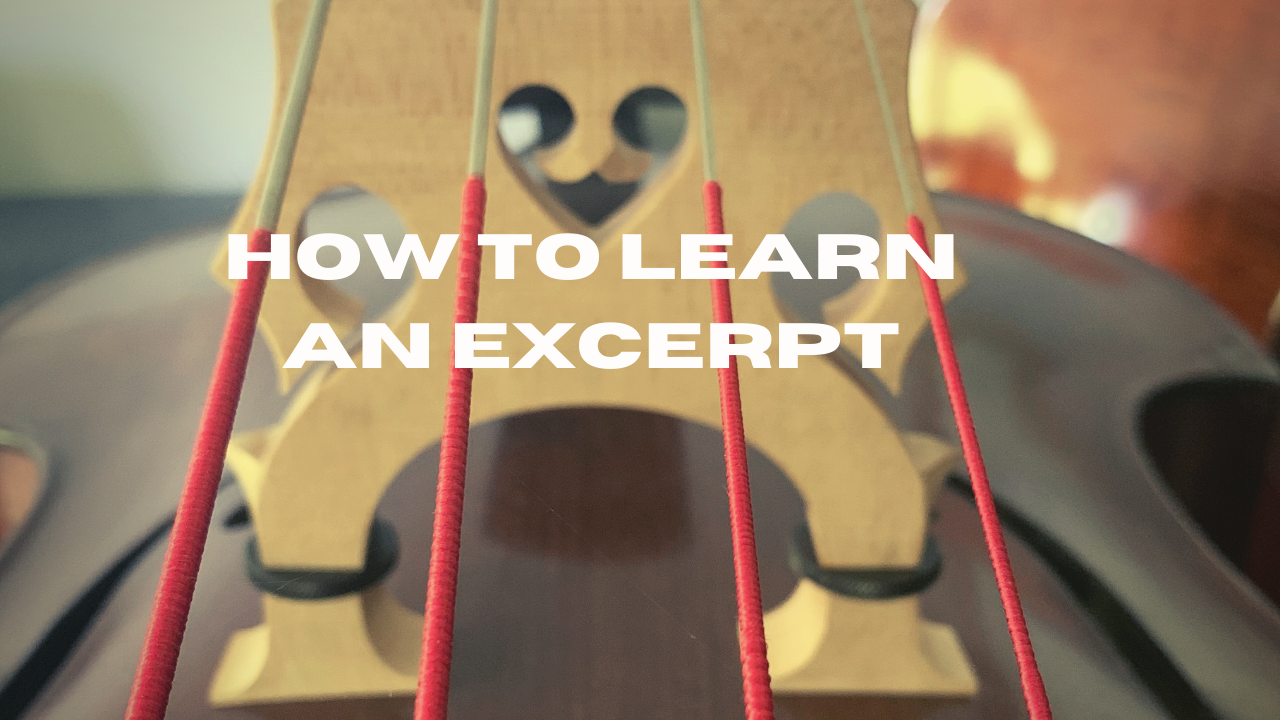Throughout my formative years of piano and double bass study, I was consistently told to slow down. I didn’t want to slow down, I wanted to go fast, like Ricky Bobby. Little did I know that was and still is some of the best advice I have received. In my teaching, simply instructing a student to slow down isn’t enough, I strive to provide a framework they can use for any passage that is giving them difficulty.
There are four categories of focus to help guide a student’s preparation:
- Curiosity
- Development
- Implementation
- Reflection
Curiosity
First, does the student possess the curiosity to find a path towards self-improvement? Hopefully, the answer is a resounding, yes. Together, we listen to the excerpt in question. I challenge each student to describe the character of the excerpt in one word. The word they choose becomes their guide.
Development
Next, we break down the elements of the passage in question. The right-hand pattern, the left-hand pattern, rhythm, articulations, dynamics, etc. Then, we hone in on one element by subtracting the rest. For instance, are there slurs or multiple rhythmic groupings? Put them aside, for now. The goal is a bare-bones rendering of the notes contained in the excerpt.
Implementation
It is imperative to create a system that allows the student to have success from the outset. In the example below, the objective is to play the bracketed section with sustained notes and separate bows at 50% of the performance tempo. This approach allows us to focus on performing the correct notes only. Once we have settled on a left-hand approach and are producing an acceptable sound, it’s time to add rhythm. In the example, the only rhythmic change is the sustained G on the downbeat.

Download the Bottesini Elegy Worksheet
Next, we add the slurs. We are still performing at 50% of the performance tempo. Performing under-tempo allows the student to take in all elements being combined and allow for adjustments as needed. The goal is to perform the excerpt five times in a row, with limited errors. Only the performer can determine what is an acceptable iteration. Each time a mistake is made the count returns to zero. After five successful performances, we increase the tempo by five beats per minute.
At this juncture, hopefully, there is more comfort and control in the student’s playing, so it’s a good time to reintroduce the character they identified at the beginning of the process. Does our performance possess this character? If so, great! If not, reintroduce it into your performance, at a slower tempo. Incorporating one’s musical intent should not be the “last step.”
Reflection
This isn’t the time for a deep dive into our psyche. I like to keep it simple and ask yourself two questions.
- Did I improve from the beginning of the practice session?
- What do I need at my next session to continue working towards the mastery of the excerpt?
While there are many variations and approaches to practicing an excerpt, I have found this method to be successful in helping the students gain more control in their development and performance.
-Trevor Jones
This post originally appeared on www.trevorjonesbass.com.
Bass News Right To Your Inbox!
Subscribe to get our weekly newsletter covering the double bass world.

